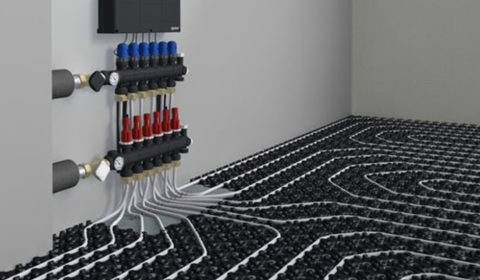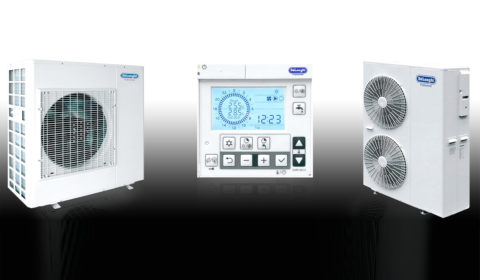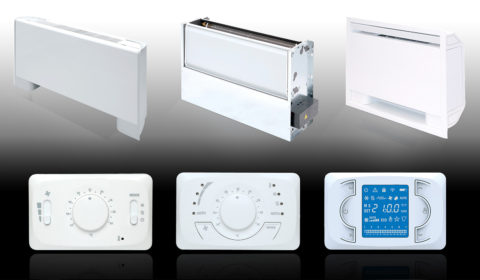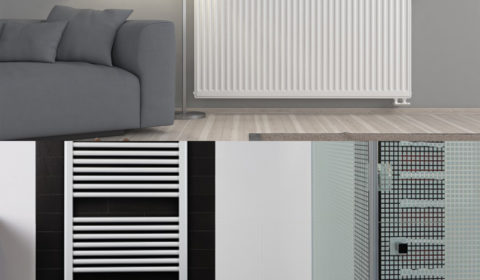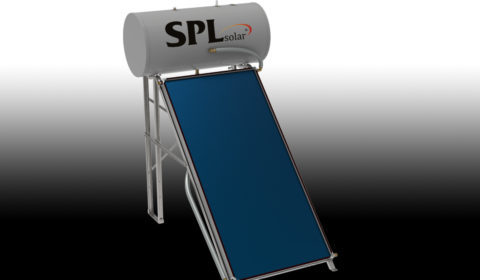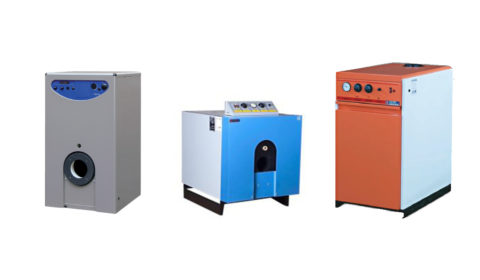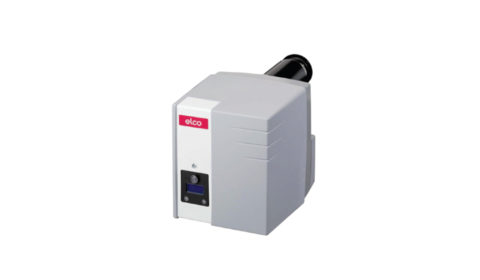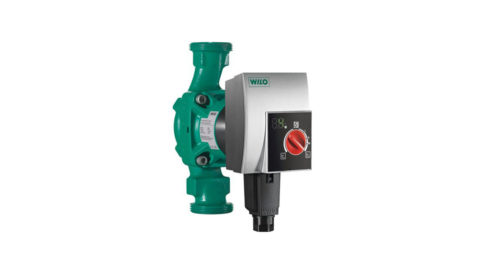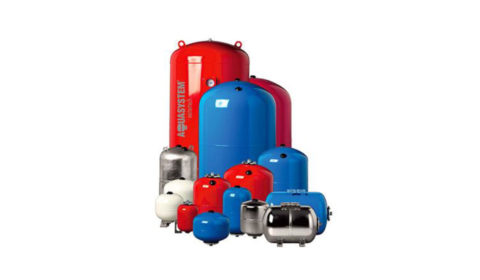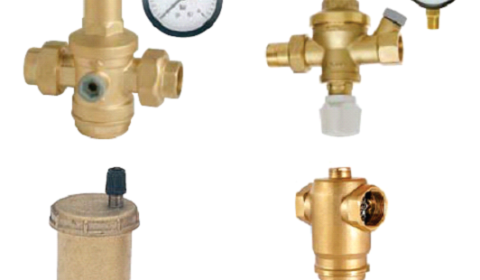Boiler
The conversion of modern houses’ heating system from a dual-pipe to a single-pipe system (autonomous heating), combined with the high electricity cost, has resulted in a large increase in the use of boilers.
The solar systems of forced circulation cover larger demands for hot water from domestic solar water heaters, with capacity 150 – 9000 liters. That’s why it’s the ideal solution for hotels, industrials, shops, offices, multi-apartment or large residences with increased hot water use.
In forced circulation solar systems, the heating vessel in the boiler room for hot water is lower than the collector, and for this reason the energy transfer from collector to boiler is not done in a natural way but by force. In this case, the circulation of water is carried out by a circulator located in the boiler room and is automatically switched on via a differential thermostat only when the water temperature in the collector is greater than the water temperature at the bottom of the storage tank. In addition, placing the boiler in the boiler room allows us an easy connection to the heating network.
We can also categorize the boiler room’s boilers according to the number of energy sources that can be exploited in: i) Dual Energy: The boiler can be operated either by solar radiation or by electricity through an integrated resistor. ii) Triple Energy: The boiler works like the one with two energy sources, but it also has an additional input for hot water produced by the heating system’s boiler.
Another category of heating containers is the boiler for heat pumps, which is similar to the boiler room’s boiler, with the difference that it is designed for optimum efficiency using a heat pump. For this reason the heat exchanger has an increased surface area and length. They can also be equipped with an extra large spiral heat exchanger for solar energy use.
Still there are inertial vessels that are thermal energy accumulators suitable for use in various applications, such as space heating, solar heating support and industrial applications. Non-heat exchanger inertia vessels are designed to store directly the heat (hot water) produced from a boiler of any type or even solar collectors for long time periods, even when the boiler or collectors don’t produce heat. There are also inertia vessels with up to two heat exchangers that are usually connected in series with a boiler of any type or with a heat pump in order to store the heat they produce and work for many hours even when the burner or the heat pump is off. The heat exchanger is usually connected to another heat producer, usually solar panels. This results in a further increase in temperature, resulting in the burner or pump working even fewer hours, minimizing the energy requirement for space heating.
At our facilities in Vrachneika Patras, someone can find our full range of heat pump boiler, boiler room’s boiler (up to 9000Lt), inertia boiler and selective VENMAN type collectors of Greek manufacture under the trade name SPLsolar. In addition, we have a kit for solar panels and ICMA differential thermostats, ALTEC electric boilers and electric heaters and spare parts.
Our products meet all modern standards and certifications. All products are directly available.


